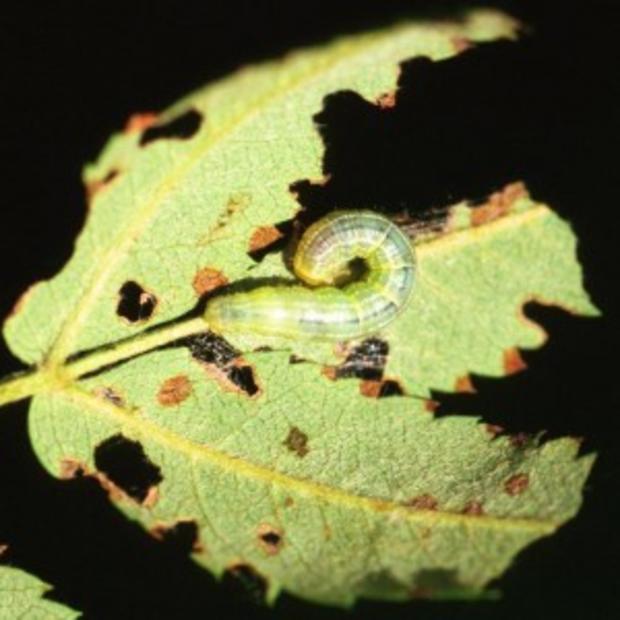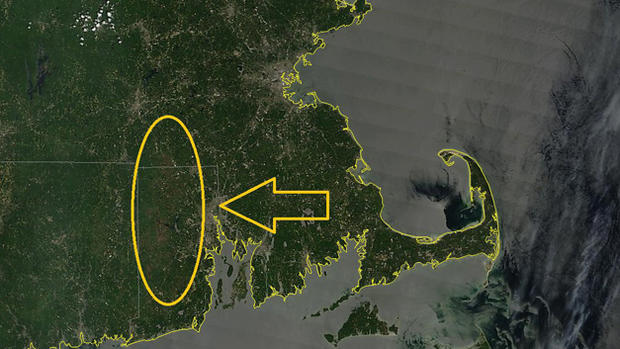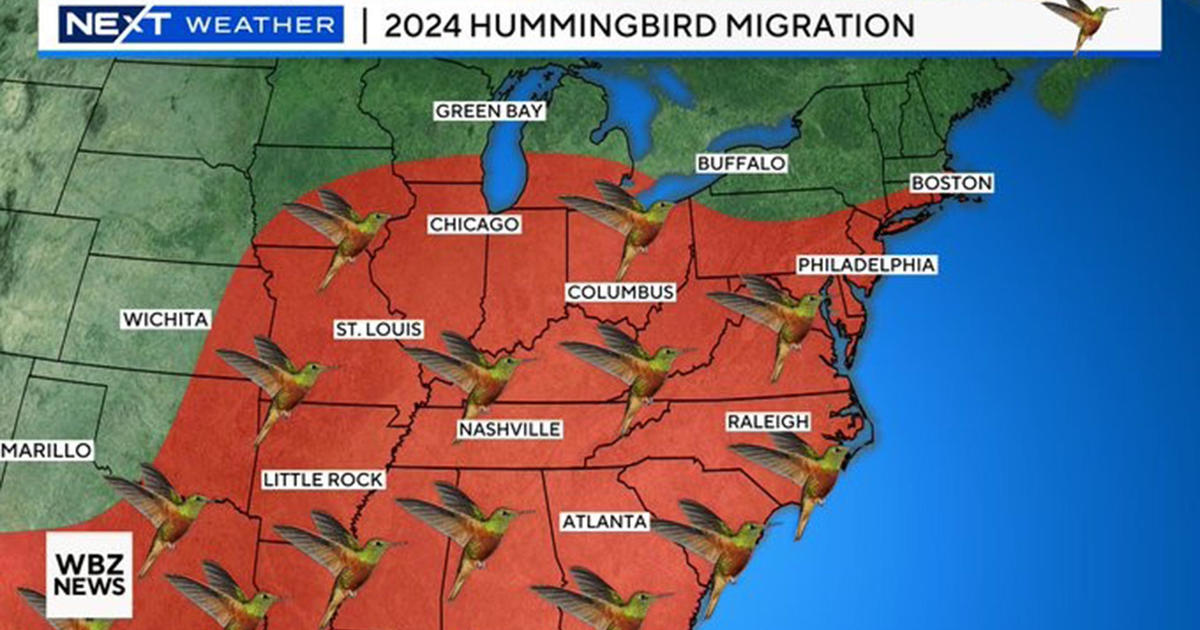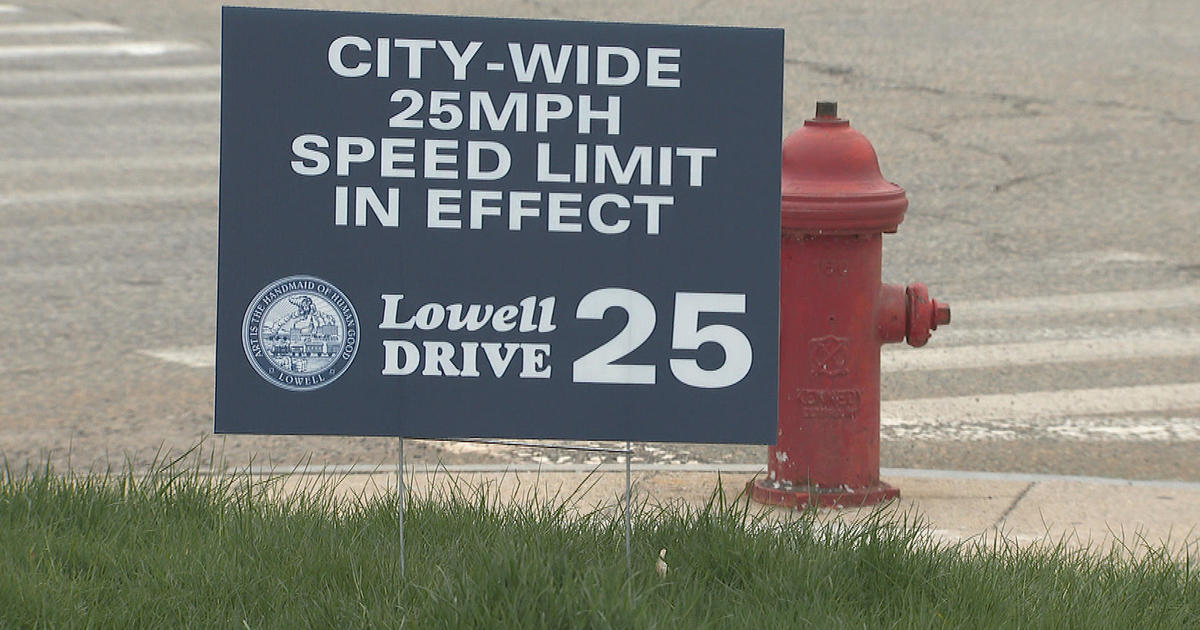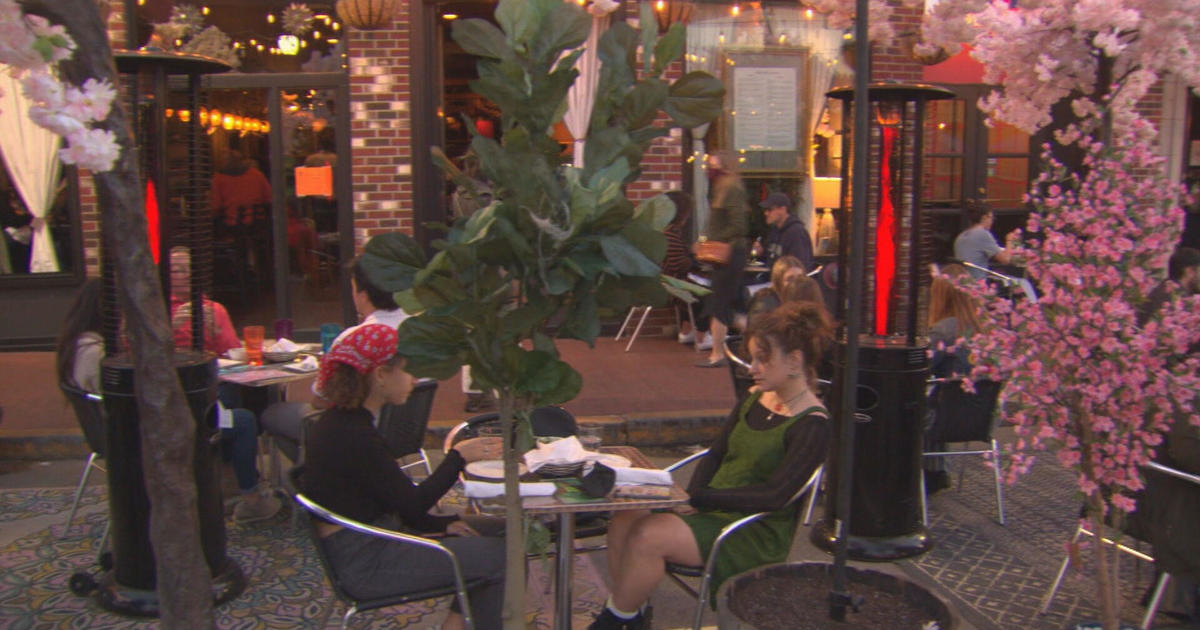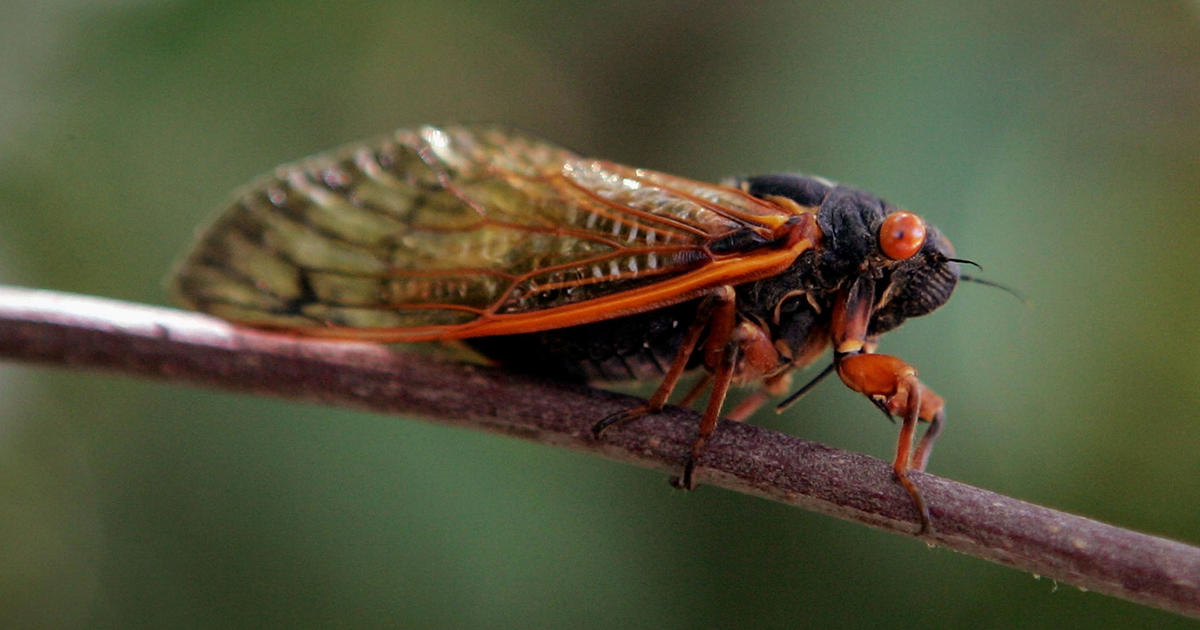It's Not Easy Being Green
Find Eric Fisher on Twitter and Facebook
If you're a tree, this year has sucked. In fact, the past two have. You know about the drought, which has built up a 13-18" rainfall deficit since early 2015. A typical large tree can breathe out 100 gallons of water per day, and it's been a constant state of dehydration since spring of 2015. But all sorts of different factors have come together to conspire against our leafy compatriots. One after another, a blow to the health of our local flora. Here's a look at how an historically bad year for plant life has unfolded.

Let's start with last (lack of) winter. You might think that plants would enjoy the absence of brutal cold and nor'easters, but that's not necessarily true. Winter serves a purpose. Plants go dormant and just like us, they don't like being woken up from a deep sleep. Constant spells of mild weather acted like a 2-year old poking you on the forehead every 3 minutes while you're trying to nap. Awake now? Now? How about now? Cherry blossoms appeared around Christmas. Lilacs started to bud. A few renegade forsythias bloomed. This type of weather throws off the rhythm of their lives and leaves them open for attack. On top of the temperatures, there was very little snowpack at any point in winter. Snow is a great insulator, and helps keep root systems safe from damage when temperatures bottom out. Even though we had a mild winter overall, there were still cold days. The nastiest of which arrived on Valentine's Day Weekend.
Crazy to think that in the 2nd warmest winter on record in Boston, we had the coldest air in 59 years descend across southern New England. Boston hit a numbing -9F and Worcester dropped to -16F. With plant life half-awake and no snow on the ground, a lot of damage ensued. It wouldn't show itself until later in the spring, but many knew there was no way to escape without issues.
Then March rolled around and we were back to our toasty ways. With a high sun angle, spring plants really roared to life. By the end of the month all the daffodils were out, flowering trees featured bursting buds, and life was beautiful. And then, winter. Leave it to Mother Nature to chuck snow and subfreezing temperatures at us in early April. Some areas saw over a foot of snow in that first week. Now most flowering trees and early spring plants get one shot. They don't produce a new set of buds if one is lost. So that was that. The entire New England peach crop was last in a flash, and numerous shrubs and trees never bloomed after they froze their buds off. I always think spring can be a euphoric season, but there was a noticeable lack of color this year.
OKAY, the snow was behind us. Done with the cold. All good, right? Not quite. Nothing like a good old fashioned winter moth invasion to get your juices going. There was a plethora of moth action all winter due to the mild temperatures, and they weren't just shaking hands. They were mating, and voila - caterpillar bonanza in the spring. They went about munching on the tender buds of leaves before they fully leafed out in May. I can imagine that at this point, there were some pretty peeved Oaks and Maples.
But wait, there's more! Can't just have one caterpillar attack. The winter moth caterpillars were followed up by the gypsy moth caterpillars, who made the former look like the person at the table who orders salad when everyone else gets a porterhouse. In what looked like a biblical onslaught, the caterpillars invaded and took out entire swaths of forest. It looked like we went right back to March in many towns, and when all was said and done it was the worst outbreak of gypsy moth caterpillars in over 30 years. You could even see the tree damage from space. Good news is that trees can set about producing a new batch of leaves, which they did over time this summer. But bad news is that it saps energy from the trees in an already bad year, and during an intensifying drought.
The drought itself has been covered in previous blog posts, but you probably already know the deal. While this year hasn't been the driest on record, and for most towns even the summer hasn't been the driest, it's the combo of the past TWO years that's left its mark. The only season with average precipitation since the epic winter of 2014-15 was this past winter, and most of it was rain. That's not as beneficial for the ground, because a lot of it runs off in winter. It can be put to much better use when it falls as snow and slowly melts into the spring.

A look at 'water years' in Boston, which run October through September. You can see how we've completely tanked this year to near record-low levels. Also - check out the 50s! Talk about some insane volatility between bone dry and the epic floods due to Carol and Edna in '54, then again with the flooding in '58.
Will it ease anytime soon? It looks doubtful. Dry and warm weather is waiting in the wings for September. A tropical rain would help, but what we really need is a series of autumn gales that will help replenish groundwater over the course of a few months with several 1-3" rain events. No such system is in the relatively near future, so this drought will get worse before it turns around.
The end game is that there should be a large amount of tree mortality before this year is done (something you can already see in many spots). It also means that in the worst-off locations, the foliage show will likely be quick and duller than average. If you're looking for a silver lining, northern New England is fine and should have a great show. And for landscapers with no grass to mow this summer, there will be plenty to replace next spring. But there's no doubt that in 2016, brown is the new green.

